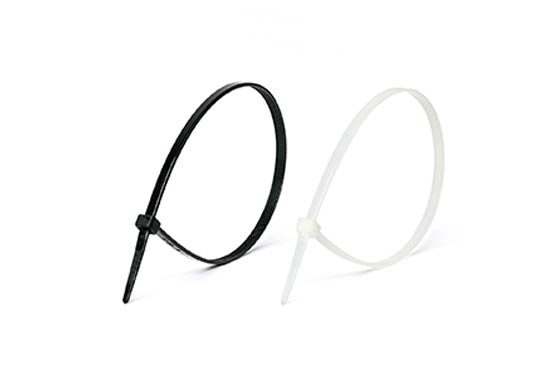Tel
0577-62795555
Tel
0577-62795555
In the intricate world of electrical systems, the quality of connections is of paramount importance. A component that plays a critical role in this regard is the insulated terminal lug. Beyond its straightforward appearance, insulated terminal lugs are meticulously engineered to ensure optimal electrical connections. This blog delves into the science behind insulated terminal lugs, exploring their design principles, material choices, and the factors that contribute to their effectiveness.
The materials used in the construction of insulated terminal lugs are carefully selected to ensure a combination of conductivity, durability, and insulation. Copper is a common choice due to its excellent conductivity, while insulation materials vary based on factors like temperature resistance and environmental exposure. The geometry of insulated terminal lugs plays a vital role in their functionality. Engineers consider factors such as surface area, contact points, and mechanical stability to optimize conductivity and prevent excessive resistance.
One of the primary objectives of insulated terminal lugs is to minimize electrical resistance at the connection point. This is achieved by designing the lugs to provide maximum contact area with the conductor, allowing for efficient current flow. Efficient connections not only promote optimal current flow but also reduce the generation of heat at the connection point. A well-designed insulated terminal lug helps dissipate heat effectively, preventing overheating that could lead to system failures.
Insulated terminal lugs are often exposed to varying environmental conditions. Engineers take into account factors such as humidity, temperature fluctuations, and exposure to chemicals when designing lugs with appropriate insulation and materials. In applications where mechanical stress is a concern, such as moving parts in machinery, insulated terminal lugs are designed to withstand vibrations and movement without compromising the integrity of the connection.
The science behind insulated terminal lugs extends to compliance with industry standards and regulations. Lugs must undergo rigorous testing to ensure they meet safety and performance criteria set by organizations and authorities. Engineers focus on creating insulated terminal lugs that can withstand long-term use without degradation. Thorough testing for factors like corrosion resistance and mechanical integrity ensures the lugs' reliability over time.
The science behind insulated terminal lugs is a meticulous blend of material science, engineering principles, and adherence to industry standards. These seemingly simple components play a vital role in ensuring optimal electrical connections, whether in industrial settings, automotive applications, or electronics manufacturing. By delving into the intricacies of their design and performance factors, we gain a deeper appreciation for the importance of insulated terminal lugs in maintaining the integrity and safety of electrical systems.



